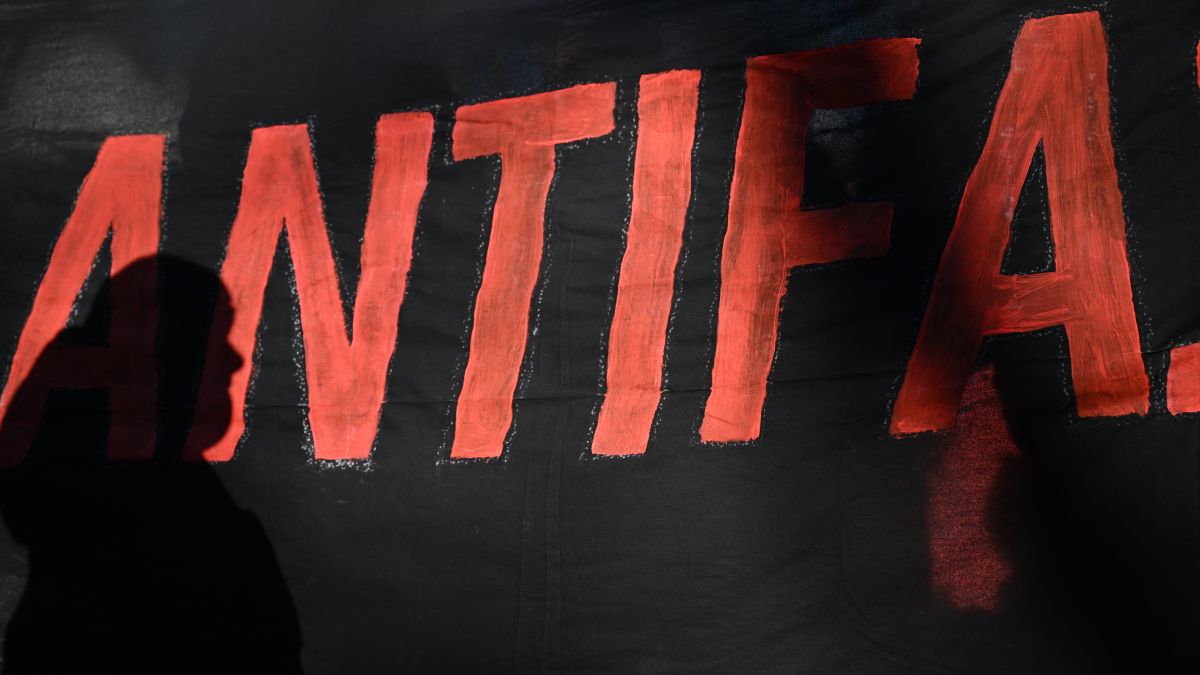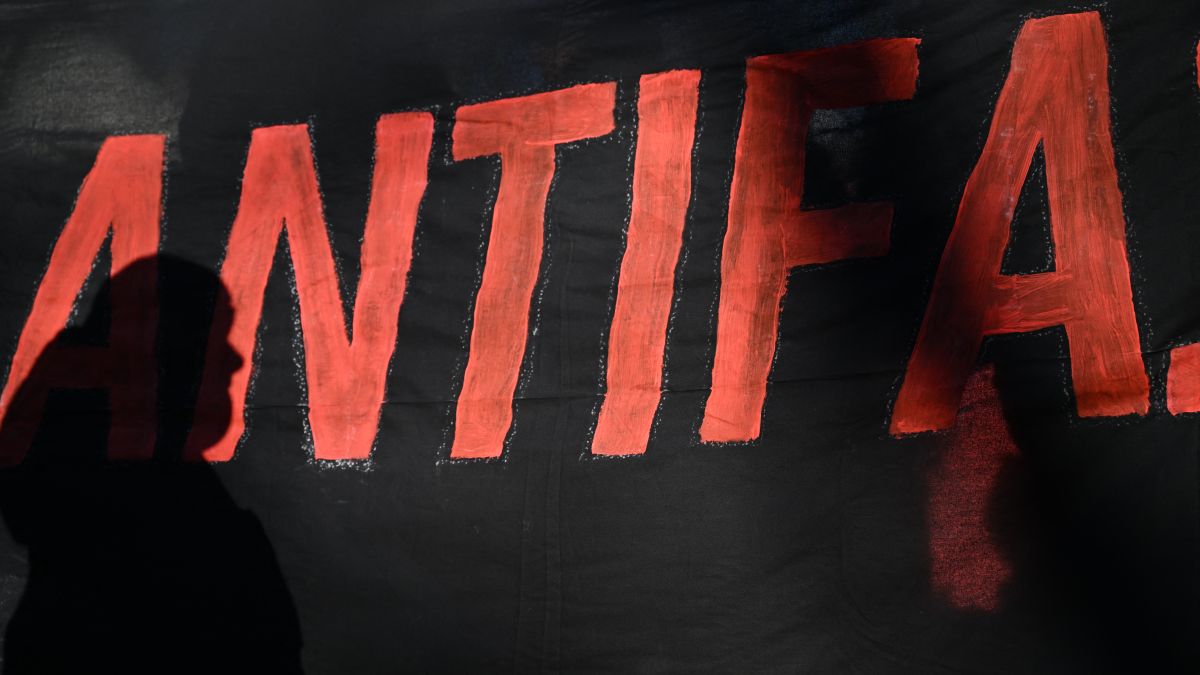In a sharp rebuke of Beijing’s growing assertiveness in the South China Sea, US Defence Secretary Pete Hegseth on Saturday called on Southeast Asian nations to stand firm and bolster their maritime defences against China’s “destabilising” actions.
Speaking at a high-level meeting in Malaysia with defence ministers from the Association of Southeast Asian Nations (Asean), Hegseth said the region faced an “inflection point” as China’s maritime behaviour increasingly challenged sovereignty and stability across Asia.
The US defence chief singled out China’s recent designation of the Scarborough Shoal, a disputed feature seized from the Philippines in 2012 as a “nature reserve,” calling it a disingenuous move aimed at consolidating control under the guise of environmental protection. “You don’t put platforms on nature reserves,”
Hegseth said, referring to reported Chinese structures and patrols in the area. “This is yet another attempt to coerce new and expanded territorial and maritime claims at your expense.”
Beijing’s declaration of the Scarborough Shoal as an ecological site has been met with alarm across the region, particularly in Manila, which continues to assert its sovereignty based on the 2016 Hague tribunal ruling that invalidated China’s sweeping claims under the so-called “nine-dash line.” That ruling, which Beijing rejected, remains a legal cornerstone for Southeast Asian claimants.
Hegseth said China’s actions including ramming incidents, use of water cannons, and near-collisions involving Philippine and Vietnamese vessels had created a “pattern of provocation” that endangered lives and eroded international norms.
Quick Reads
View All“China’s sweeping territorial and maritime claims in the South China Sea fly in the face of their commitments to resolve disputes peacefully,” he said. “We seek peace. We do not seek conflict. But we must ensure that China is not seeking to dominate you or anybody else.”
The South China Sea has long been one of the world’s most volatile flashpoints. Beijing claims nearly the entire region, while Asean members including the Philippines, Vietnam, Malaysia and Brunei also assert sovereignty over parts of it. For years, Asean has struggled to balance growing economic dependence on China with mounting security risks from its territorial expansion.
Hegseth urged Asean nations to accelerate negotiations with Beijing on a Code of Conduct for the South China Sea, an agreement that has been under discussion for over two decades but has yet to yield a binding framework. “It’s time to bring this to a conclusion,” he said, stressing that Asean must pair diplomacy with practical deterrence.
The US, he added, would support efforts to build regional resilience, proposing the creation of a “shared maritime domain awareness” mechanism that would allow Asean members to monitor activities across the contested waters in real time. “That goes a long way in ensuring that whoever is on the receiving end of aggression and provocation is not alone,” he said.
Washington has also pledged to expand joint military exercises and maritime patrols with regional partners. Hegseth welcomed the planned Asean -US maritime exercise in December, calling it a crucial step toward improving interoperability and ensuring freedom of navigation, a core tenet of US Indo-Pacific policy.
The remarks come amid heightened tensions between Beijing and Manila. On Friday, the Philippines concluded naval and air drills with the US, Australia, and New Zealand — its 12th such exercise since last year to demonstrate collective resolve in defending sovereign rights. The two-day operation featured anti-submarine warfare simulations, refuelling manoeuvres, air operations, and communication drills across key routes in the South China Sea.
China swiftly condemned the exercise, accusing the Philippines and its partners of destabilising the region. “It further proves that the Philippines is the troublemaker in the South China Sea issue and a saboteur of regional stability,” said Tian Junli, spokesperson for the People’s Liberation Army Southern Theater Command. He claimed that Chinese patrols and construction work in the area were “lawful activities” meant to preserve security and order.
For Asean, the intensifying great-power rivalry poses a familiar dilemma. While several member states share concerns over China’s maritime expansion, others remain cautious about confronting their largest trading partner. Analysts say that Washington’s renewed push for a coordinated response reflects a broader strategy to reassert U.S. influence in the Indo-Pacific and reassure allies of its commitment to regional stability.
Hegseth’s comments underline a growing urgency in Washington to push back against Beijing’s maritime strategy, even as the US maintains that dialogue with China must continue. “We value engagement with Beijing,” he said, “but the path to peace is built on respect for sovereignty — not coercion, not intimidation.”
As the US strengthens defence and diplomatic ties with its Indo-Pacific partners, Asean now faces a defining test: whether it can present a united front to safeguard its maritime rights, or risk seeing China’s dominance in the South China Sea become an irreversible reality.
With inputs from agencies


)

)
)
)
)
)
)
)
)



